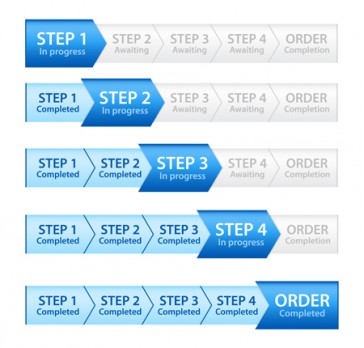Two is not better than one – Dassault buys another MES system?
The manufacturing software industry is consolidating, and that's not a good thing for consumers, manufacturing, or innovation. By Kristin McLane,...
2 min read
David Oeters : March 20, 2014 at 9:10 AM

A few years back, I bought a brand new Blu-Ray player. When I opened up the package, I realized I needed a longer HDMI cable. So, I bought one, then plugged in a movie… only to discover I needed an Internet connection. The tiny instruction manual, filled with mysterious illustrations and illegible phrases, didn’t help.
I was annoyed enough to throw that Blu-Ray in the trash and pull out a Betamax tape (if I had one). But, when I finally got the system working and watched the first movie… the work was worthwhile.
Unfortunately for many companies, implementing a dynamic scheduling system can be a lot like my experience with Blu-Ray. Getting full benefit from the system will require having the right tools in place.

Dynamic scheduling systems will account for machine workload and set-up times, the daily workload, resources, incoming orders and priorities to schedule daily work to ensure optimal production.
Most scheduling is reactive, with work being done in response to production needs. As work comes in, the shop floor adjusts to complete it. Dynamic scheduling is proactive, with the schedule being adjusted to maximize production. A dynamic scheduling system should adjust production to minimize resource (machine breakdown, tool failures, QC issues) or job-related (rush jobs, cancellations, or ECO’s) issues and ensure optimal use of shop floor resources.
But, dynamic scheduling isn’t enough to optimize production. The system requires two important components to work effectively: Real-time information and shop floor process control.
Real time information is a necessary component of any dynamic scheduling system. In some systems, information might be obtained from shop floor machines or a reporting system, but data obtained from these sources may not be real time, or may offer an incomplete picture of production, and the dynamic schedule produced from these sources will be flawed. Shop floors often struggle to adjust to the inaccuracies.
In addition, the pace of change on the shop floor requires production react quickly to schedule changes. The more time it takes to move resources to meet changing schedule needs, the less effective the system. For some shop floors that lack process control, a dynamic scheduling system will actually hinder production as resources struggle to meet the scheduling needs, rather than completing work.
An MES or paperless manufacturing system delivers the necessary process control and visibility for dynamic scheduling to have a positive impact on production. The MES will collect real time shop floor data that can be used to create a truly effective production schedule. In addition, the system will allow instantaneous communication between the production team, ensuring vital information is where it needs to be when it is needed.
The MES acts as a conduit for the dynamic scheduling system. Real time data is fed from the shop floor through the MES to the scheduling system. Schedules are created, and then the MES efficiently manages information on the shop floor to deliver process control necessary to maximize the benefit of dynamic scheduling.
It’s an efficient, closed loop information system that works and will benefit production in a nice, neat package… unlike the instruction manual that came with my Blu-Ray.
The manufacturing software industry is consolidating, and that's not a good thing for consumers, manufacturing, or innovation. By Kristin McLane,...

1 min read
Too often, the benefits and ROI of shop floor improvement projects are lost as projects are delayed or postponed. Learn how to maximize your benefit...

1 min read
Struggling to understand how an MES and Paperless Manufacturing will help your shop floor? Look no further than a parking lot for an...